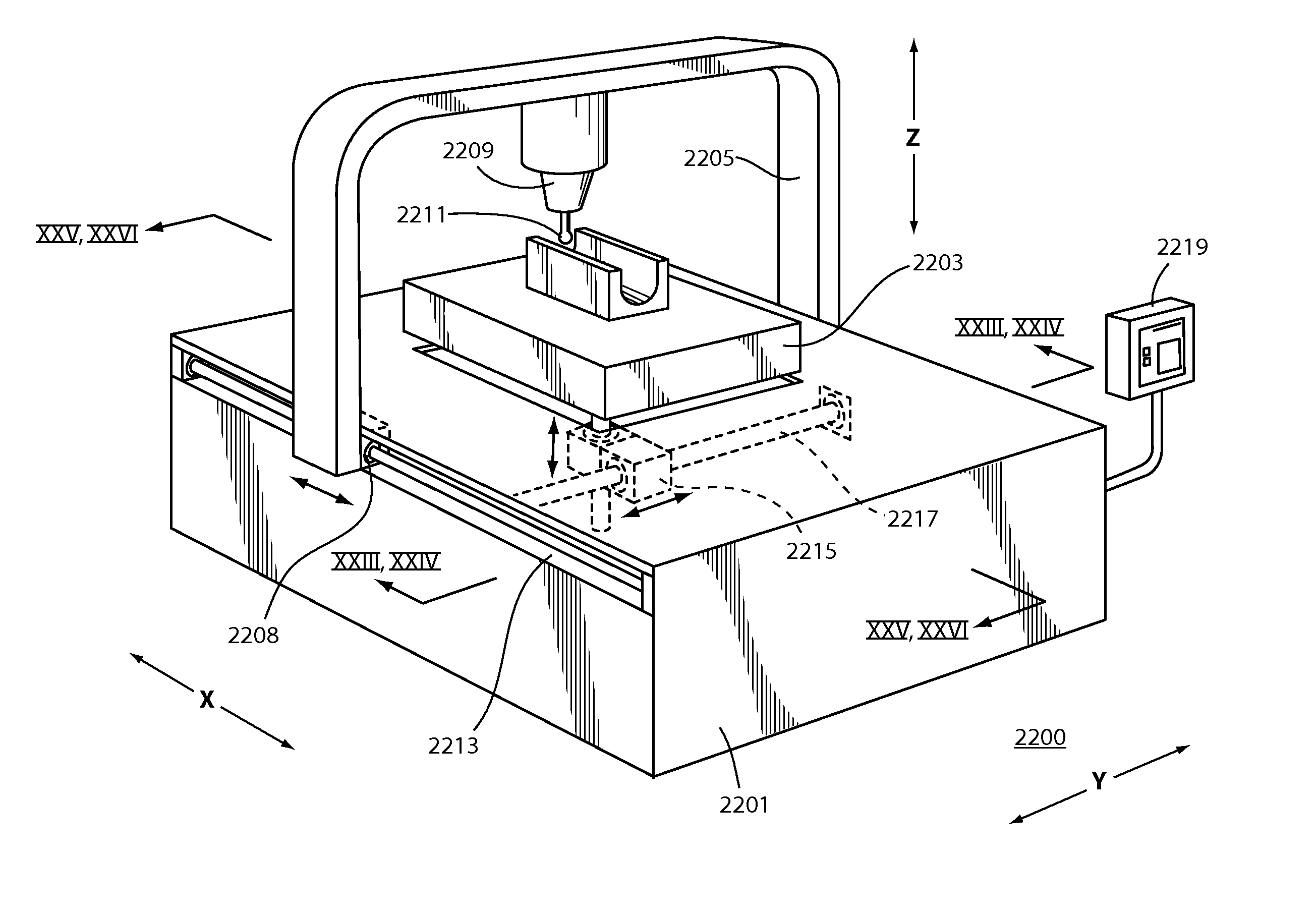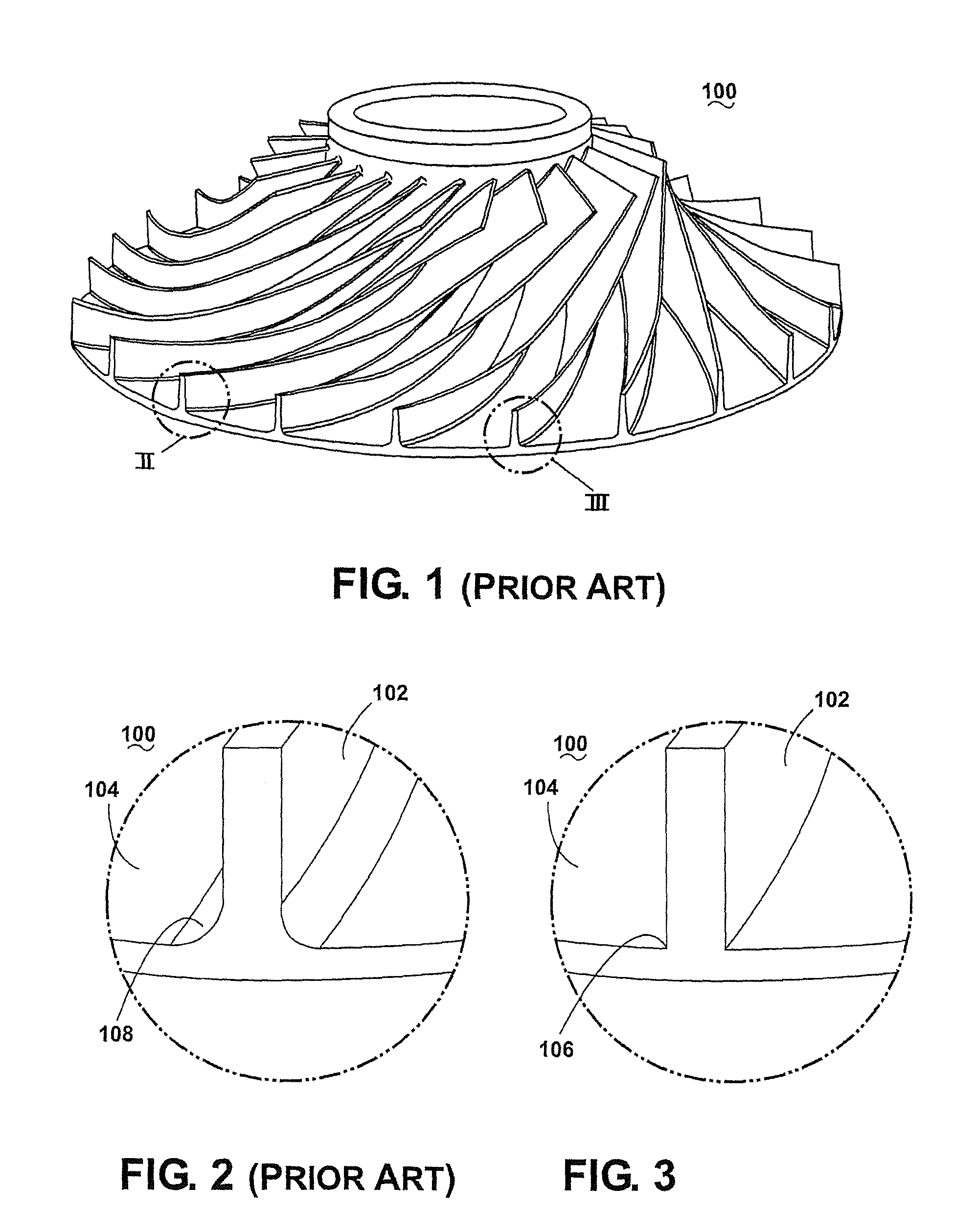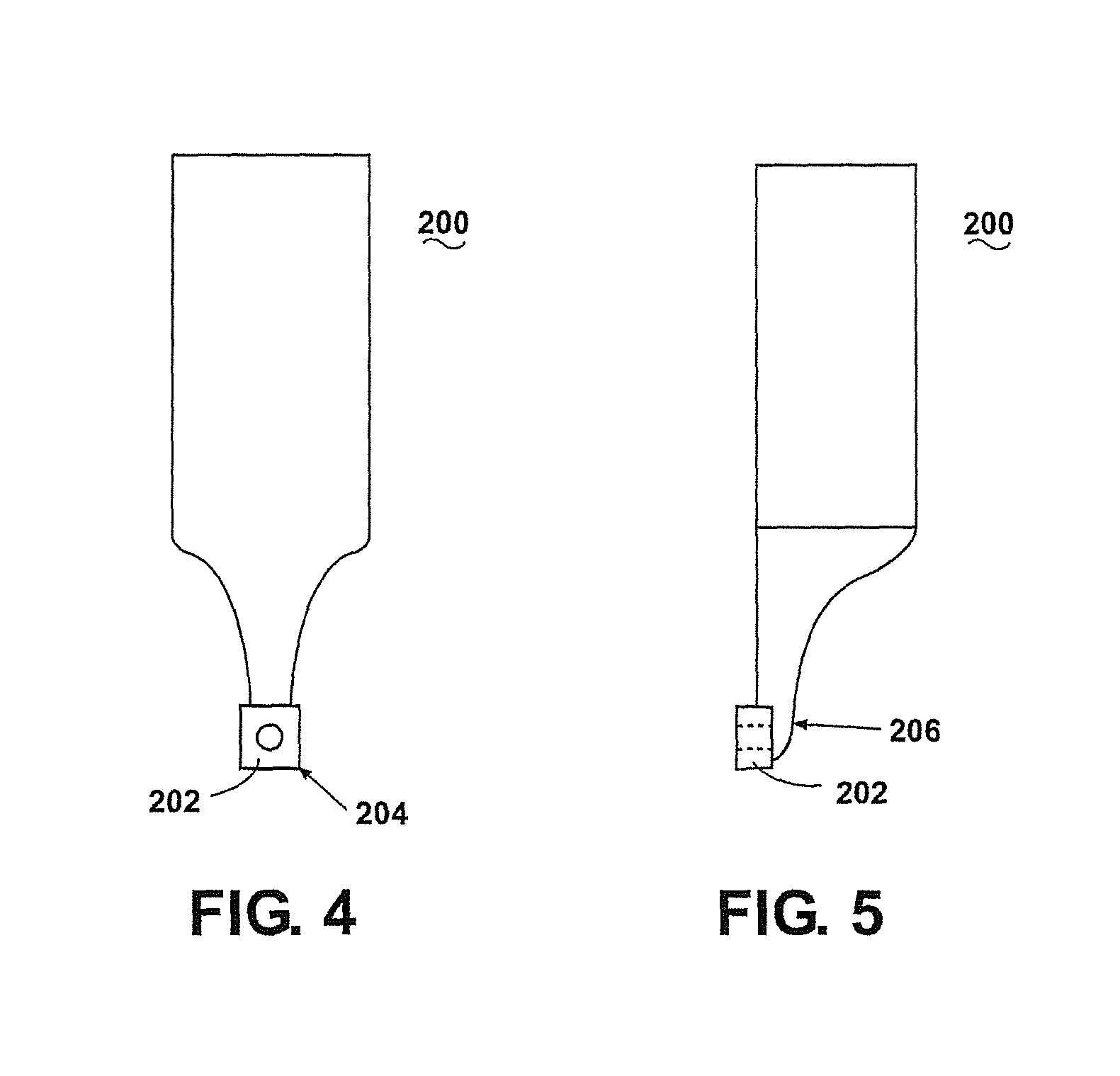Method and apparatus for non-spindle multi-axis machining
a multi-axis, non-spindle technology, applied in the direction of tool holders, manufacturing tools, planing/slotting tools, etc., can solve the problems of limiting the parts it can produce to those with circular cross-sections, affecting the precision of machining, and limiting the productivity of machining, etc., to achieve precise fit and finish, eliminate the chaotic effect of expansive heating and strain hardening, and improve the effect of accuracy
- Summary
- Abstract
- Description
- Claims
- Application Information
AI Technical Summary
Benefits of technology
Problems solved by technology
Method used
Image
Examples
Embodiment Construction
[0040]There are two basic machining operations that are well known in the art. These might be broadly categorized as “profiling” where material is removed from a workpiece to produce a specified shape and surface finish and “holemaking” where material is removed from a workpiece to produce a drilled, tapped, or counter-bored hole. With regard to profiling, in order to profile a workpiece, there are three basic processes for removing material from a workpiece viz. deformation, electrolysis and ablation. Deformation is a process where a cutting tool, having at least one cutting edge, removes material from a workpiece by direct contact. This process is the least restricted in the shapes and materials that can be cut by the cutting tool. The “turning” and “milling” processes are the most common examples of deformation. Electrolysis is a process where a cathode electrochemically dissolves material from an anodized workpiece. This process is restricted to electrically conductive materials...
PUM
| Property | Measurement | Unit |
|---|---|---|
| force | aaaaa | aaaaa |
| plastic deformation | aaaaa | aaaaa |
| angle | aaaaa | aaaaa |
Abstract
Description
Claims
Application Information
 Login to View More
Login to View More - R&D
- Intellectual Property
- Life Sciences
- Materials
- Tech Scout
- Unparalleled Data Quality
- Higher Quality Content
- 60% Fewer Hallucinations
Browse by: Latest US Patents, China's latest patents, Technical Efficacy Thesaurus, Application Domain, Technology Topic, Popular Technical Reports.
© 2025 PatSnap. All rights reserved.Legal|Privacy policy|Modern Slavery Act Transparency Statement|Sitemap|About US| Contact US: help@patsnap.com



